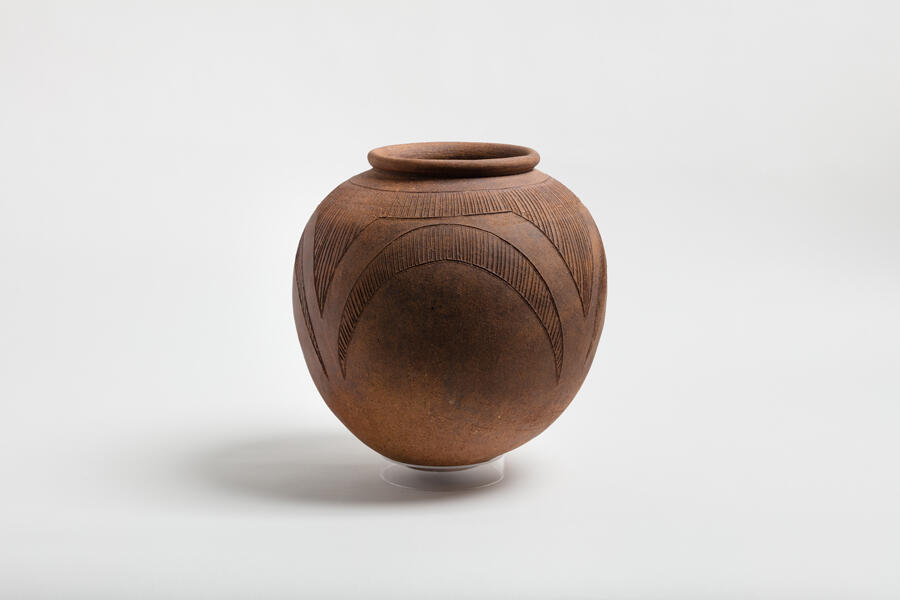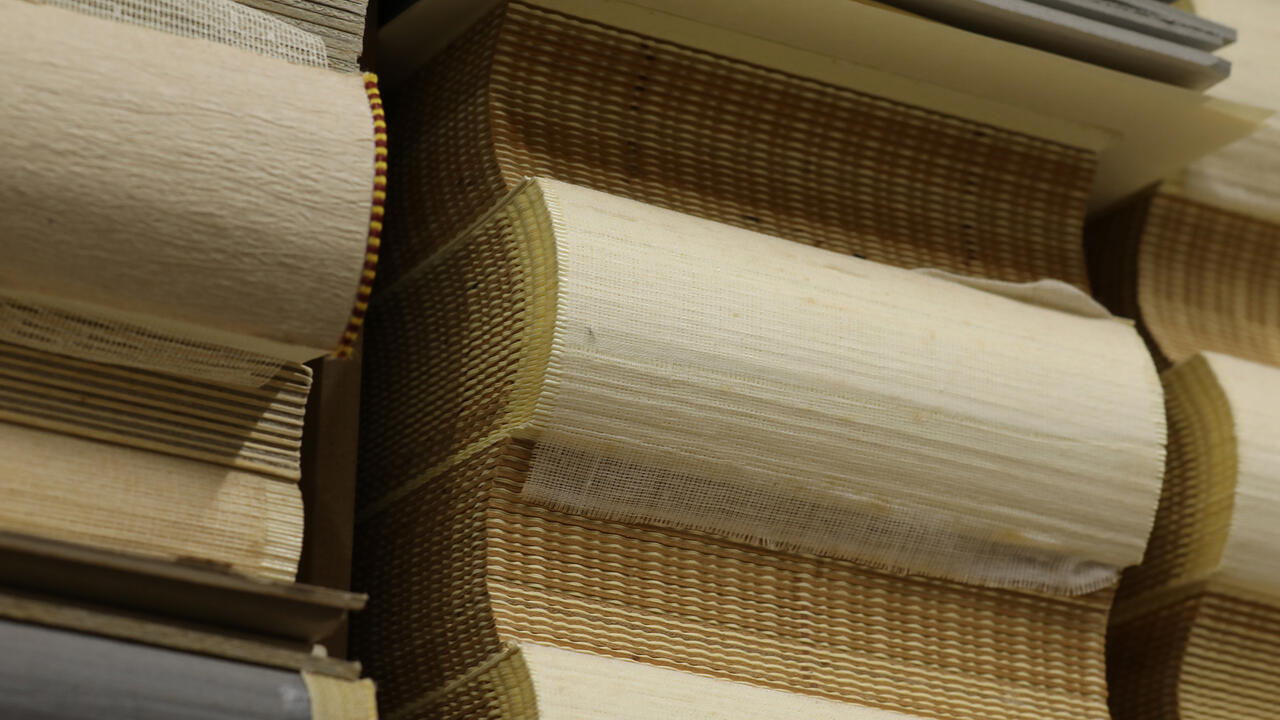How Travel Transformed Magdalene Odundo’s Ceramics Practice
The artist recalls how the importance of trips to Nigeria and Kenya transformed her relationship with clay and teaching
The artist recalls how the importance of trips to Nigeria and Kenya transformed her relationship with clay and teaching

My ceramic practice has been defined by travel. It is through travel that I discovered ceramics. When I first came to Britain from Kenya in 1971, I was fully apprenticed in graphic design and commercial art. Had I not made that journey, my migration to another artistic discipline may never have happened.
As an undergraduate at Farnham School of Art [now University for the Creative Arts], I studied under Michael Cardew, who had taught ceramics in West Africa for 20 years. It was he who encouraged me to go to the Abuja Pottery in Nigeria. When I arrived there in 1974, I was tutored by Ladi Kwali, Lami Toto and other women ceramists. That is when I really fell in love with clay. I realized what an amazing material it was – expansive, seemingly without boundaries. It had a language: put in the hands of a willing person, it spoke for itself as a material.

Every time I made a piece, the tutors would touch it. That manifestation of their touch – Kwali’s hand guiding my hand with the clay – was an amazing experience. There was a real sense of a more experienced person migrating their knowledge and transferring it onto a younger person. I imagine that is how Kwali would have learned from her aunt, and I was lucky to work within that tradition. As I didn’t speak Hausa, I couldn’t communicate with words: it was very much a visual communication, a conversation through making.
It was a conversation through activity, through body language, through a twist of the hand, a twist of the mind, a glance from the corner of your eye. It was a process of osmosis, seeping through the mind to the eyes. I observed first and then the mind registered. The process of hand building with clay is fused with sound and bodily movement. That leads to an awareness of the form and shape you are making. It’s really a special way of learning.

After spending a year in Nigeria, I travelled back to Kenya and observed and worked with a couple of potters, not far from my own maternal and paternal homeland. It was astonishing. A woman called Anyango, which is coincidentally my middle name, sat with me. Starting from a seated position, with her legs in front of her, she worked sideways. Then, when she was making the neck, she knelt to reach, almost like she was praying. She worked in such close proximity to the clay, embracing it like you might your own child, that you could hardly distinguish material from human: they worked in tandem.
Thus, the finished work has this volume that feels like a built structure, like a nest or a house that contains what will sustain you as a person, or even as a community. It’s this volume that is so generous, that is accommodating within the real and the visceral and the imagined.

I realized I had carried water pots like these as a child. I had gone to the river with one of my younger sisters and we had collected water in pots that were exactly the right size, because all the water carriers were different sizes for different age groups. Remembering this piece of beautiful pottery on my head, I realized I had taken it for granted – I had never considered it intellectually or as an academic exercise. It was only through my experiences at the Abuja Pottery and back home in Kenya, through the act of working with clay, that I realized how privileged I was to have been able to experience that.
I took this knowledge into my teaching, which was a very hands-on process – discussions would come afterwards. I wanted my students to appraise what they got from the process of making, what their experience was, rather than the other way round, where the thinking is academic and it’s supposed to seep downwards into the work.

It is a wonderful thing to hear from past students because they will often say that they remember me telling them: ‘It’s not necessarily just about making work. Why don’t you go and look at existing work?’ That is exactly what I did in going to Nigeria and then coming back, looking at myself and wanting to find an identity within this place and a means to express it. It was a time, in the 1970s, when African countries were gaining independence, so there was a huge movement of students from across the continent coming together. Identity and the cultural evaluation of who you were was a crucial thing. Finding ceramics was a means of communicating that and a means of re-evaluating what was important to who I was as a human being.
As told to Vanessa Peterson
This article first appeared in frieze issue 223 with the headline ‘A Twist of the Hand’, alongside Clay is Theaster Gates’s Anchor, Helen Cammock On How She Lived her Father’s Ceramics and How Clay is Connected to our Bodies: A Roundtable Conversation.
Main image: Magdalene Odundo, ‘New Work’, 2021, exhibition view. Courtesy: © Magdalene Odundo and Salon 94, New York; photograph: Dan Bradica























